Lamarsh Holy Innocents












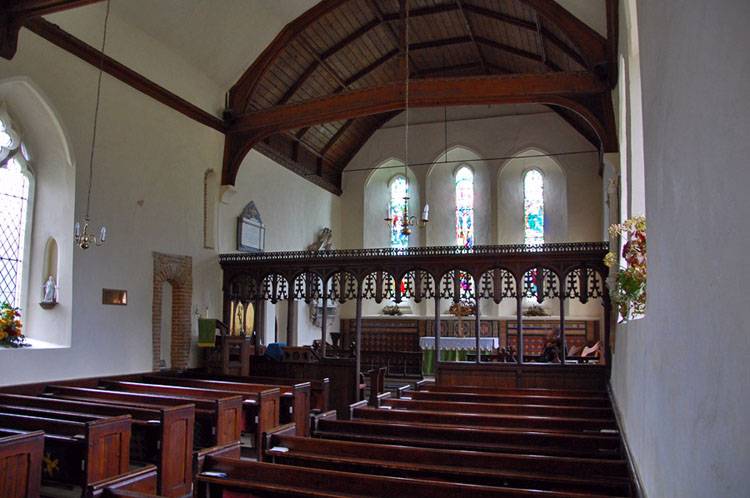



























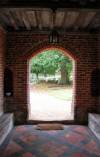





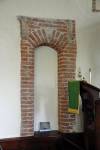


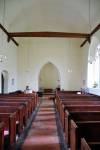










Holy Innocents Church Lamarsh
Where to find this church
Church Information
Holy Innocents church is located in Lamarsh, an Essex village about 5 miles south of Sudbury.
This church is usually open to visitors
* denotes external links that open in a new window


Visiting Lamarsh Holy Innocents
Holy Innocents, referring to the children under two years old killed by Herod’s order in his search for the Baby Jesus, is an unusual dedication for a church, with only four other medieval churches so called. The round tower of Holy Innocents in Lamarsh is capped by a typical Essex spire, which was added in 1865. It is covered with red tiles, except for the ring of eight lucarnes (dormer windows) near its top, which are surrounded by lead. The tower, like the rest of the church, is covered with render and a creamy lime-wash, so it is impossible to see the basic fabric of flints. The original tower was built in the 12th century, but a large section fell in 1797, and was not repaired until 1865. The ten feet section on the north and west sides was repaired with poles 14 inches apart and covered with lath and plaster. There are no windows in this section, but it provides the space for some internal stairs. The nave and chancel are continuous, possibly the west end dating back to the 12th century, though the east window has three separate tall lancets, of the 13th century. The north nave has 14th century windows and the south nave 15th century, but the south chancel seems more 13th century. The south porch was added in the late 16th century, and is entirely made of brick, with a wide entrance arch of moulded bricks, and a statue niche above it. The south doorway is also formed in red brick, and has a 15th century text above it (Ecclesiastes chapter V, verse 1)
There is a pointed tower arch, plastered over. The font in the south-west corner is 19th century, in not very traditional shape. There is no chancel arch, but there is a fine 15th century Rood screen, with 19th century restoration, which has pendants in its arches supporting the ogee tracery and a solid top beam with a crest of brattishing. In the north wall nearby are the outlines in red brick of the entrance and half the upper doorways to the Rood stairs. The unusual glass in the three lancets in the east chancel wall were designed by Miss Mary Lowndes in 1895, though not put in place till 1919, in memory of the Rev’d C B Teesdale and his Family. He was the Rector here for 42 years and organised much of the restoration work here.
Conclusion: pretty village church whith an unusual dedication


